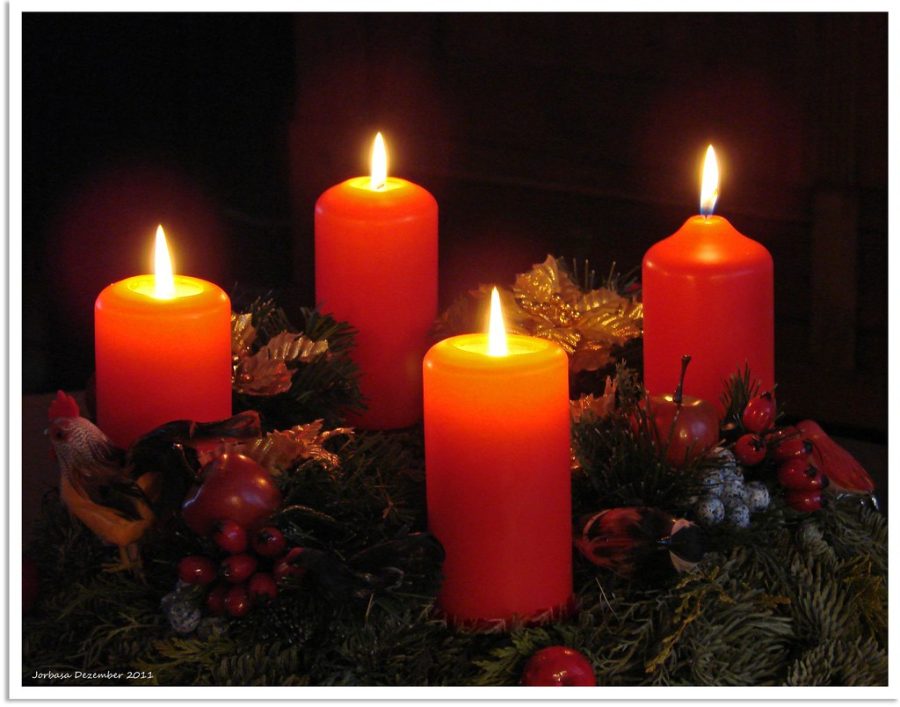The History of Advent
Advent is the four-week period beginning on the Sunday nearest to the feast day of St. Andrew the Apostle. It goes through the following three Sundays. Advent means ‘coming’ in Latin and it is thought to have been celebrated since the 4th century. Originally, the period was a time for converts to Christianity to prepare for baptism, but it’s now more commonly associated with the anticipation of the anniversary of Christ’s birth on December 25. Now that you know about advent it’s time to learn about advent calendars.
Advent calendars originated in Germany in the early 20th century. It is believed that a German man by the name of Gerhard Lang made the first printed advent
calendar. He actually sold them but he was forced to close his business because of World War ll. After the war, Richard Sellmer of Stuttgart created a calendar based on a more traditional winter town scene. It was called “The Little Lown”. By 1946, Sellmer started to sell his Advent calendars in masses. In the 1950s, his calendars were exported to the US and became very popular. Now the Advent calendar is a calendar that counts the 24 days before Christmas Day. Every day you open one of the doors and there is a treat behind it.
Hey, I'm Justin Petti. In my free time, I like to play video games. My favorite games are sports games but I also like to play Call Of Duty. If I am not...











